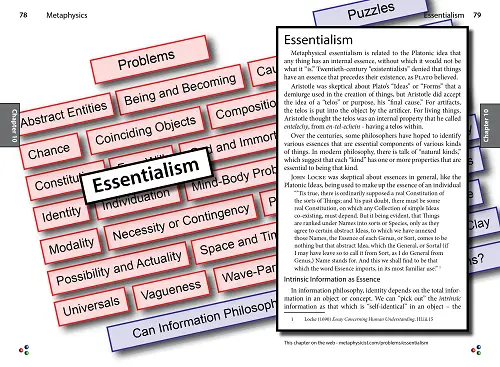Essentialism and perennialism are among the six philosophical perspectives on education. The other four includes progressivism, existentialism, Reconstructionism and critical pedagogy respectively.
Essentialism and perennialism are, however, similar in numerous ways (Dhawan, 2005 p 74). The beginning of perennialism and essentialism was as a result of idealism and realism. This was in the 80’s when both these philosophies were the most influential education theories. Due to their strength, they managed to stand unchallenged for quite a long time hence creating better educational advancement.
Essentialism and perennialism both, nonetheless, have similar purposes on education as discussed below.
Definition of Perennialism
To start with, the word perennial stands for everlasting. This, as defined by growing flower, supports that there are ideas that last for over centuries and remain relevant after a period. According to perennialism laws, education needs to focus on such timeless ideas. The perennialists have then urged that with such enduring concepts to the students, it will be much easier for them to appreciate learning as it is hence becoming true intellectuals. According to sources, perennialism has deeper roots in the philosophy of Plato and Aristotle.
The St, Thomas Aquinas of the thirteen century has also played a significant role in perennialism. His idea has, to date, been effective hence shaping the nature of Catholic schools universally. Perennialists are a vast organization whereby it has been divided into two groups. For instance, there is one group usually under Aquinas, which exposes religious perennialism approach. The other one is based on secular attitude and is always under American educationists, Mortimer Adler and Robert Hutchins. The primary motive with perennialism idea was to upgrade perennialism to enable development of people’s rational power. As with the Perennialists, this can be achieved in only one way which is striving to develop the capacity for reasoning.
 between
between
Definition of Essentialism
Essentialism means merely back to basics, approach to education.
The primary goal behind the essentialists name was to bring out its real meaning. With the primary motive being to infuse the essentials of academic character development, it has been of importance throughout the years. William Bagley who is an American educationalist popularized it as an educational philosophy back in the 1930’s. For this reason, it has been the leading approach to education leading to better studies during the colonials. However, essentialism received critics as being too rigid. The critics stated that it was not suitable for it did not allow proper adulthood preparation for students. It, later on, nonetheless, managed to overcome the critics and recharged. This was due to the 1957 launching of Sputnik. (Nayak, 2004 p 7)
According to essentialism, students need to become model citizens. The only way to achieve this is to ensure the traditional moral values, and intellectual knowledge is transmitted efficiently. Also, essentialism argues that radicalization has never been the best method to shape society. Instead, it is essential that teachers should instill many virtues such as fidelity to duty, practicality, and perseverance among others.
Similarities between Essentialism and Perennialism
Even though various researchers prefer perennialism to essentialism, the two philosophies have numerous similarities. To begin with, both of them are based on developing intellectual powers. Aside from intellectual ability, they are both into empowering students with moral qualities. Essentialism and perennialism have mandated teachers not to allow students to dictate their teachings.
In both the philosophies, there are creative techniques applied with numerous true methods thus thoroughly disciplining student’s minds. In addition, both essentialism and perennialism, unlike other philosophies, allows little flexibility. To mention, the Paideia program introduced by Alder in 1982 gave students a chance to emulate a single elementary and secondary education. Another factor that makes essentialism similar to perennialism is the fact that they regard each other in other fields, this includes when Perennialists have regarded essentialism over its view on knowledge. It has described it has a way to think deeply, analytically, and imaginatively (Dhawan, 2005 p 76)
In summary, it is always not a big deal what type of education theory you decide to choose. This is because teachers can offer diverse services hence can adapt to any assumptions. Since most states still prefer perennialism to essentialism, it is essential to understand that they are both educational philosophies with one motive. That is, to instill a better reasoning capacity to our students. (Bardia, 2010)
Author: Dr. Howard Fields
Dr. Howard is a Clinical Psychologist and a Professional Writer and he has been partnering with patients to create positive change in their lives for over fifteen years. Dr. Howard integrates complementary methodologies and techniques to offer a highly personalized approach tailored to each patient.












Leave a Reply